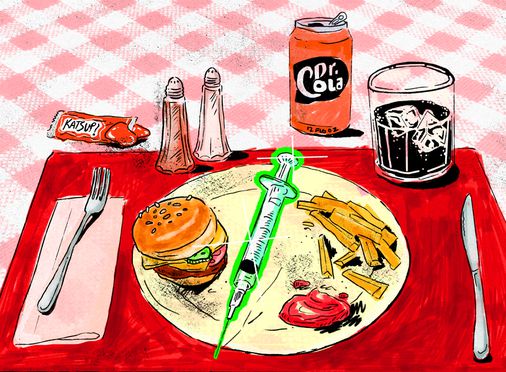Meal Plans for Weight Loss
The goal of a meal plan is to reduce the amount of food a person eats each day. Meal planning can be time-consuming and difficult, but it’s a key part of a healthy diet.
Follow a paleo, vegan, grass fed or seafood plan that suits your needs and dietary preferences.

around 13 percent, not far from where it had been 20 years earlier.
But sometime during the ’80s, we began hurtling towards this moment.
Of course, that was the decade when Jane Fonda’s workout videos zoomed to the top of the charts. Diet Coke, Healthy Choice frozen dinners, and Bud Light all made their debuts. And consumption of refined carbohydrates — like high-fructose corn syrup — surged.





















Add comment